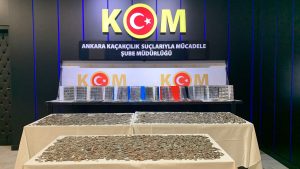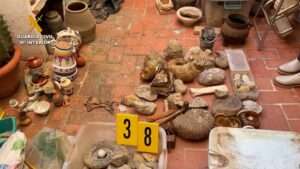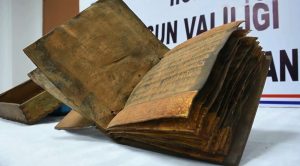Archaeologists in Mexico made an astonishing discovery when they unearthed a total of 21 human remains in a medieval cemetery.
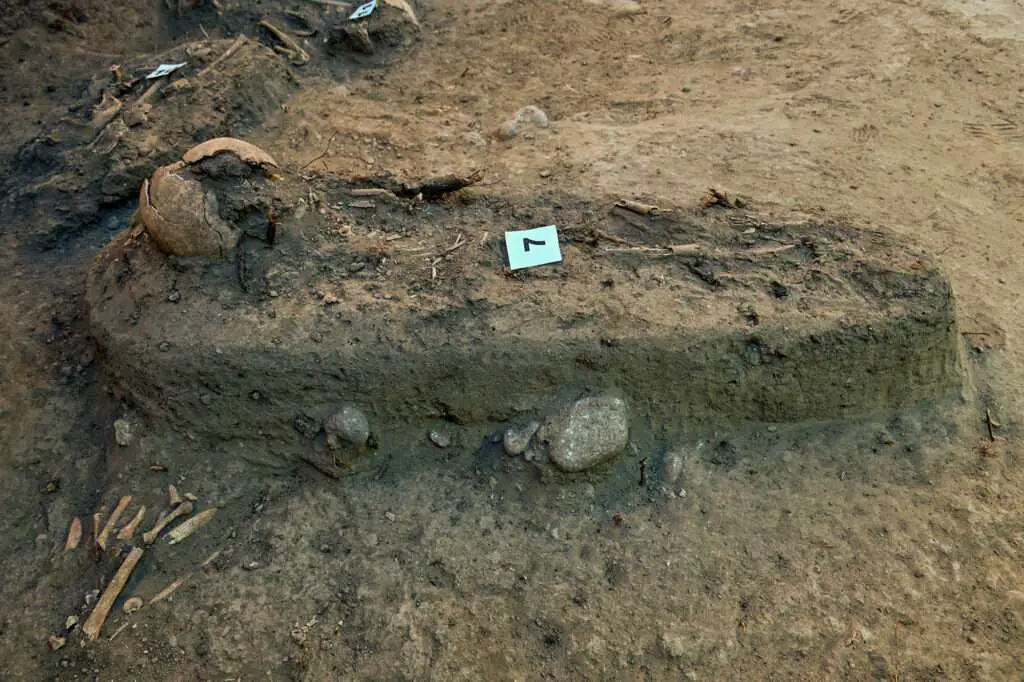
The skeletons, some of which are almost perfectly preserved, were found buried some four feet underground near a construction site in Chapultepec, a large park in Mexico City, in Mexico.
It is said that the bones date back from 1521 to 1620 AD, when the territory was under Spanish rule.
They were reportedly discovered when local workers’ were doing groundwork in preparation for a car park and came across the skeletal remains.
An excavation operation was quickly initiated by the National Institute of Anthropology and History (INAH), and it lead to the incredible unearthing of 21 human skeletons.
The project coordinator, Maria de Lourdes Lopez Camacho, said that the first bones were spotted at a depth of 6 feet.
Archaeologists Blanca Copto Gutierrez and Alixbeth Daniela Aburto Perez joined the excavation and over the course of three weeks, they recovered the bones of 21 individuals.
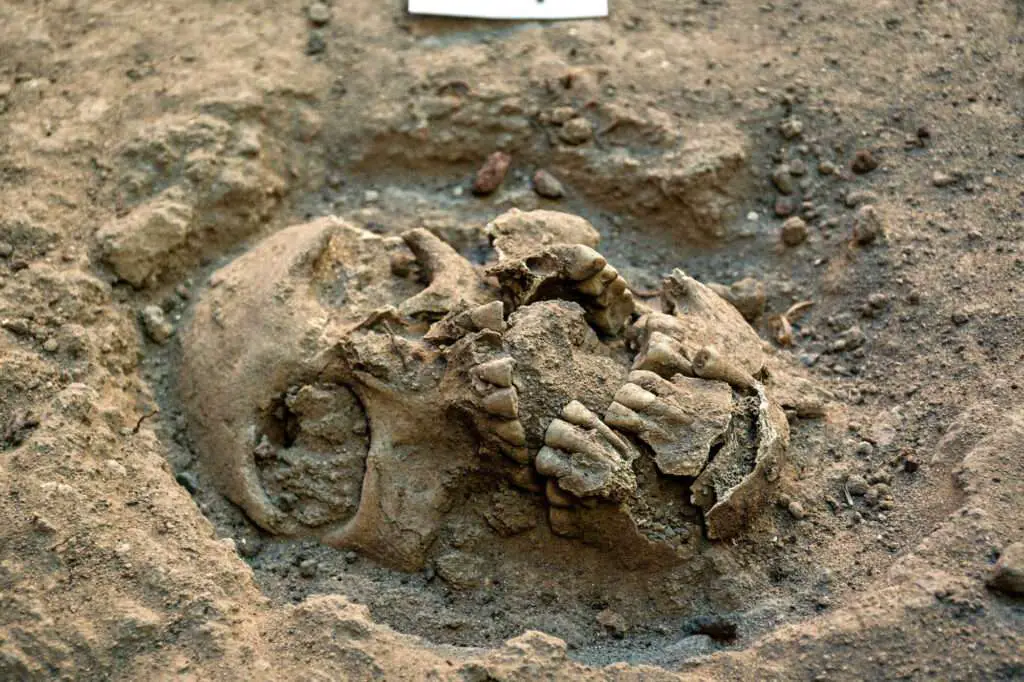
The remains, mostly female and male adults, including a couple of infants, were reportedly preserved in various conditions.
They are believed to be of different origins, as the position some were buried in suggested they were of Christian faith, while others are presumed to have been indigenous folks.
According to archaeologist Lourdes Lopez Camacho, most of the individuals were placed outstretched with their arms crossed over the chest or in the pelvic region, following the Catholic funeral rite.
Two individuals were buried flexed and lateral, in accordance with the Mesoamerican custom, while others were buried carrying a seal and a green obsidian blade, both pre-Hispanic.
The expert said in a statement obtained by Newsflahs: “We propose that this collective burial corresponds to an early viceroyalty cemetery because it shows the transition from pre-Hispanic funerary customs to those implemented with the arrival of the Spanish and their religious system.”
Further examinations and DNA analysis are reportedly being carried out to confirm those beliefs, as well as to find out more information.

